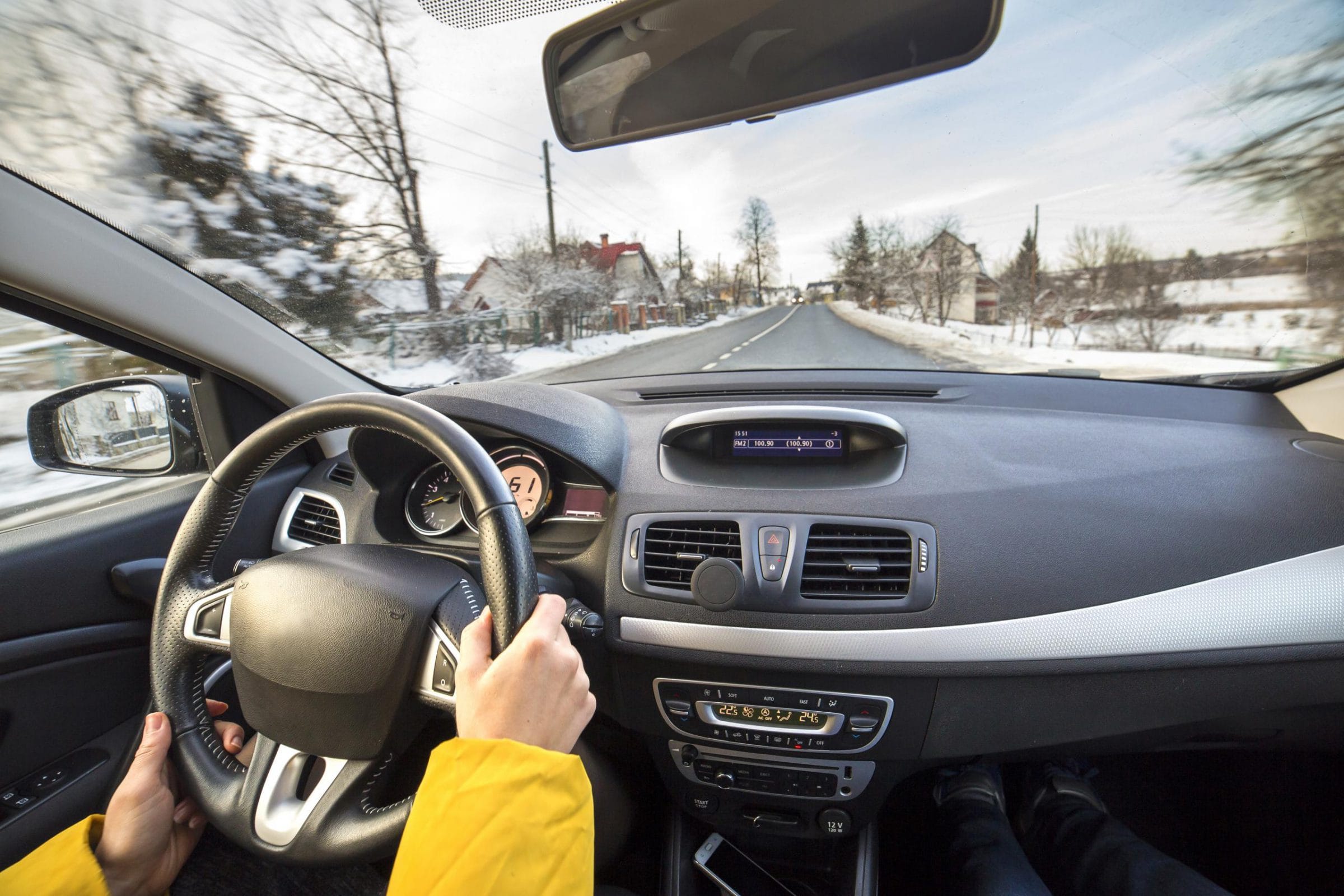
Winter conditions make driving a challenge, even for experienced drivers. Rain, snow, fog, and slippery roads can be tough to navigate. Weather conditions change quickly and unexpectedly. Personal injury claims spike in the winter, but there are steps you can take to prevent accidents. Here we present you our top five tips on how to drive safe during winter:
1.Winterize Your Vehicle
Take your vehicle for a tune-up before the winter weather hits each year. Have the brakes and windshield wipers checked. Top up oil, coolant, and windshield cleaning fluids. Ensure your vehicle’s lights are in working order to ensure you can see and be seen when driving on dreary winter days and dark winter nights.
2.Invest in Winter Tires
Winter tires are not mandatory in BC except on certain designated highways. That being said, it is always a safe bet to have good winter tires. They have better grip than all-season tires, which will help you maintain control. If you are hurt in a crash where winter tires could have helped, not having them may impact whether or how much you are at fault. Whatever type of tires you have, you should regularly check them throughout the winter as low temperatures can reduce tire pressure.
3.Plan Ahead
Before heading out, check current road and weather conditions on drivebc.ca. Plan out the safest route and give yourself more than enough time to get where you are going. If a winter storm is in the forecast, avoid driving if possible. You can’t get into a crash if you aren’t out on the roads.
4.Reduce Your Speed
Posted speed limits are meant for ideal conditions. When dealing with snow, rain, ice, or fog, it may be safer to drive at less than the posted speed limit. Slowing down gives you time to react to road conditions and other drivers.
5.Leave Space
Speed is a major factor in winter accidents, but so is proximity to other vehicles. The closer you are to other drivers, the less time you have to react if your vehicle skids or you lose control. When you leave extra room and increase following distance, you give yourself time to react if another driver suddenly brakes, loses control, or does something unexpected. Use extra caution around highway maintenance vehicles such as snowplows, salt/sand trucks. Maintenance vehicles often throw up snow and debris that reduces visibility. Leave as much room as possible.
6.Bonus Tip: Be Aware of Black Ice
Remember, even if you follow these tips, you may still be vulnerable to having a motor vehicle accident due to the presence of black ice. Black ice commonly forms on concrete after freezing rain or snow, which impacts stopping distance and vehicle handling. Black ice is very difficult to see on the road, so in addition to understanding how to drive on it, try to be aware of the traffic surrounding you to spot it in advance.
Get Advice from Trusted Personal Injury Lawyers
If you have been hurt in a winter accident, get legal advice from Simpson, Thomas & Associates. You can call our office at 604-243-5825 or fill out or online form to request a free initial legal consultation with one of our experienced personal injury lawyers.
Stay in the Know
Subscribe to our newsletter and follow us on social media to receive our latest blog posts and news about ICBC regulations and personal injury.
Related Posts

Can Your Social Media Posts Be Used Against You in Your Personal Injury Claim?

Detecting Concussion and Brain Injury in Children After a Motor Vehicle Accident


